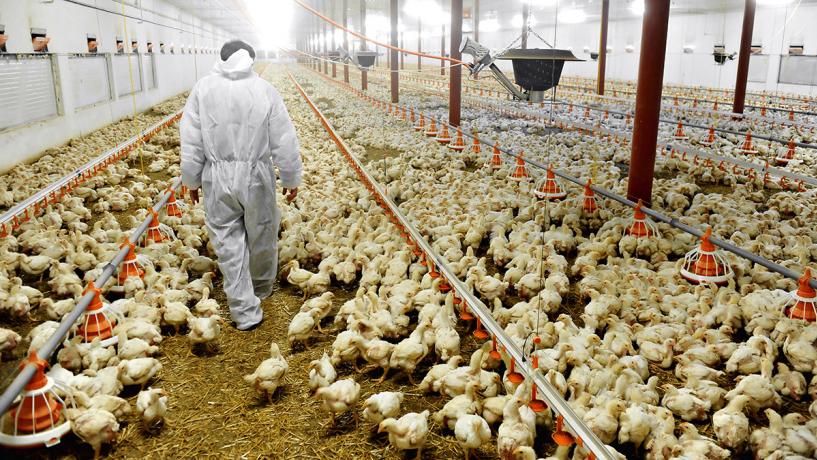
A new test method has been developed by the National Food Institute, Technical University of Denmark, which uses air sampling to detect chickens that are infected with Campylobacter. This is a significant step towards ensuring chickens are safe for consumption by the public.
Identification of Campylobacter-positive chickens is essential to removing them before they can make their way through the food chain. By identifying chickens that are infected, those chickens can be separated from the non-infected chickens before they arrive at the slaughterhouse. This allows for the infected chickens to be slaughtered after the non-infected chickens are slaughtered, effectively reducing the risk of cross-contamination on production lines.
How the new method works
In order to understand the advantages of this new method and how it works, it is important to understand how the current method works.
Currently, the common method for testing for Campylobacter involves a tester putting gauze on the bottom of their shoes and then walking through a chicken house. The gauze is then removed from the shoe and placed in a growth medium for 48 hours. This growth medium allows for any bacteria that are on the gauze to multiply. The growth medium is then put onto agar plates and left for another 48 hours to allow the bacteria to grow more and reveal whether the chickens are infected with Campylobacter. This means that this testing process takes four days to get results.
The new testing method is being hailed for its ability to return results in a much faster time than current testing methods. The new method takes only two hours and uses a mini vacuum cleaner fitted with a special air filter. The vacuum sucks in air and bacteria are caught on the filter. The filter is then analysed for the presence of Campylobacter bacteria. If there is Campylobacter present, the testing will also reveal the quantity detected.
Current testing of this new method is looking to be successful. Results from testing show that this new method reveals up to four times more chicken flocks with Campylobacter infection. This is good news for the poultry industry and for the food industry as a whole. If food-borne pathogens such as Campylobacter can be identified accurately and quickly, infected chickens can be removed from the food chain and food-borne illness minimised.





